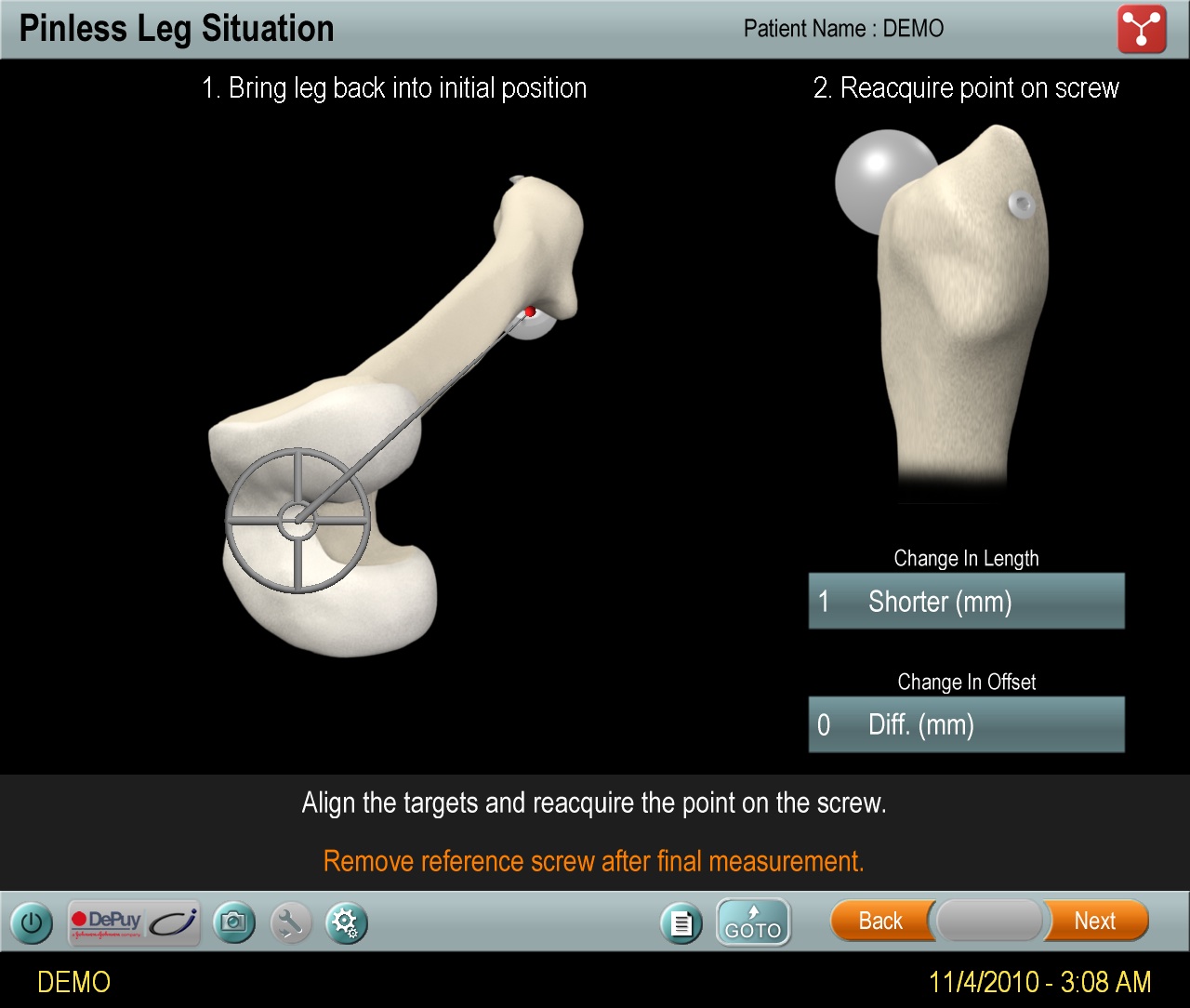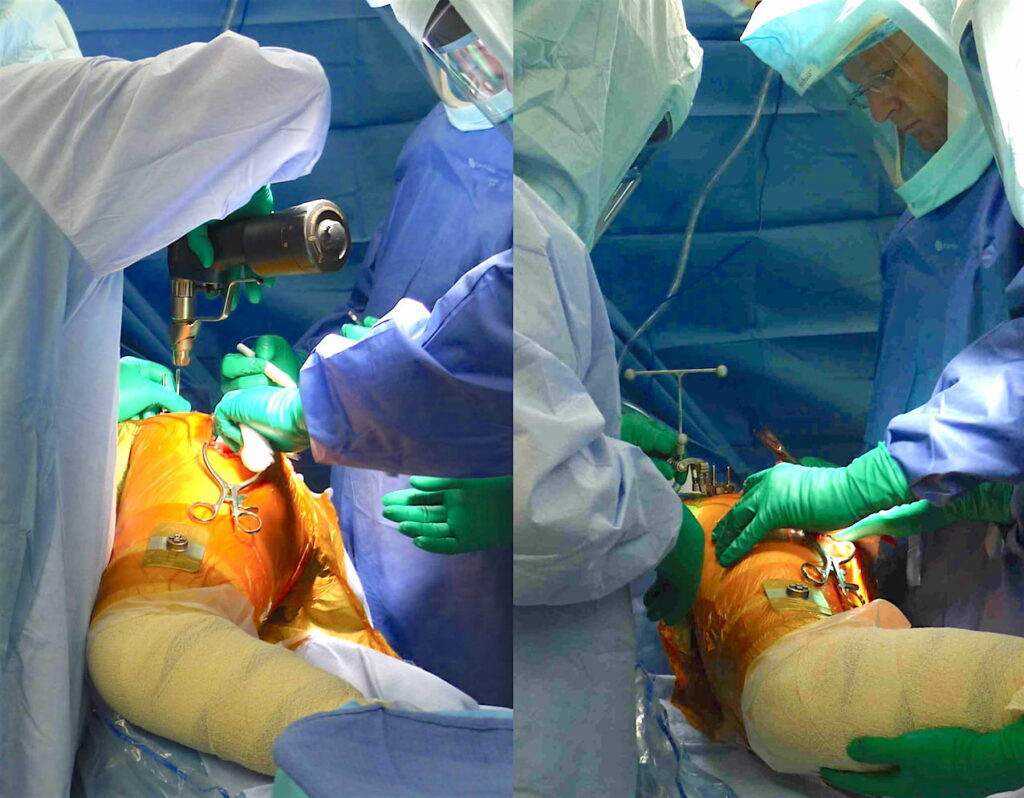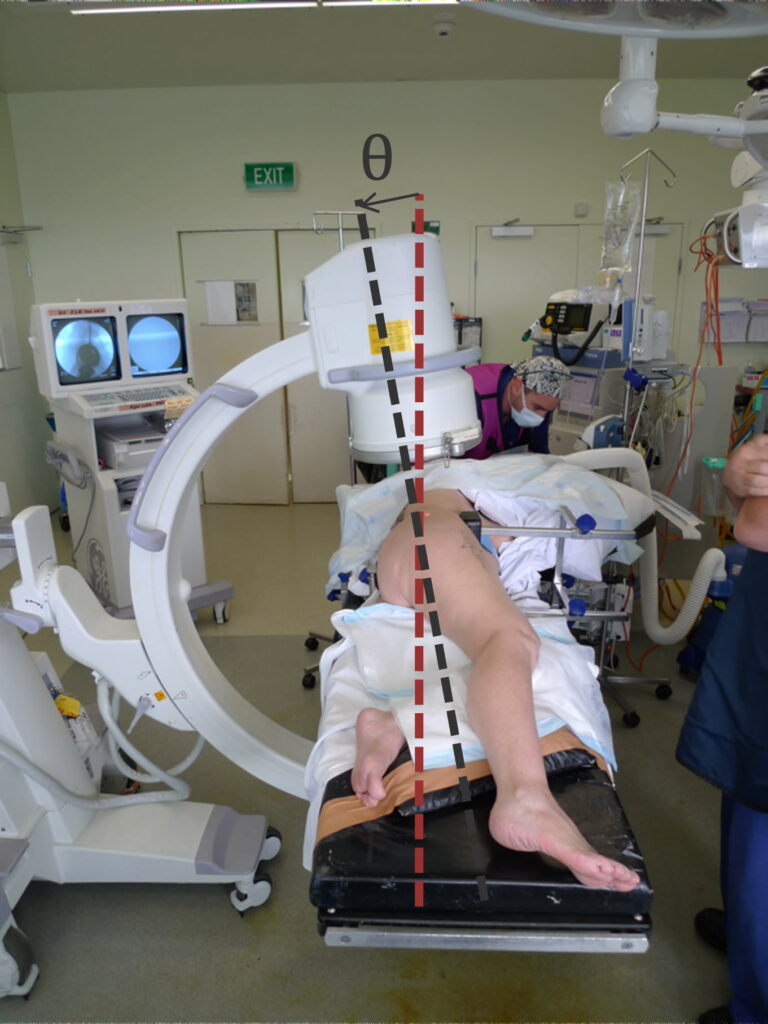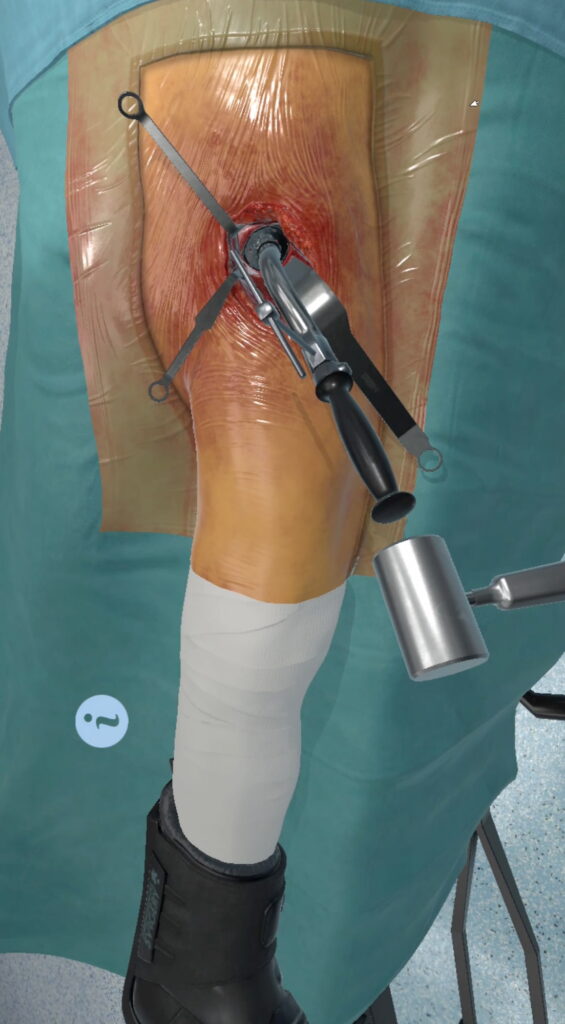Accuracy of Leg Length and Offset Measurements During Total Hip Arthroplasty Using an Imageless Navigation System
Authors: Anton Lambers, Melanie Marley, Robert Jennings, Andrew Bucknill
Site: Royal Melbourne Hospital, VIC
Computer systems used in hip replacement surgery calculate changes in leg length and hip offset during surgery to help ensure the correct alignment of the hip joint. Dr Lambers compared the measurements taken by an imageless navigation system to those measured using X-rays and found that the system was highly accurate.
This technology aims to prevent issues such as differences in leg length between the two sides of the body after hip replacement surgery. These differences, known as leg length discrepancy (LLD), can cause discomfort and complications for patients. By using the navigation system, surgeons can achieve more precise outcomes, reducing the likelihood of these unplanned changes in leg length.
The study demonstrated that the computer system tested is reliable, providing consistent and accurate measurements during surgery. This was a significant advancement in hip replacement procedures, as it helps improve patient outcomes. The technology can guide the surgeon in making adjustments during surgery to avoid complications, leading to better recovery and less postoperative pain related to leg length differences. Navigation software such as that tested here were the precursors for the robotic surgery systems used today that also measure leg length and offset changes but with more accuracy and precision.




